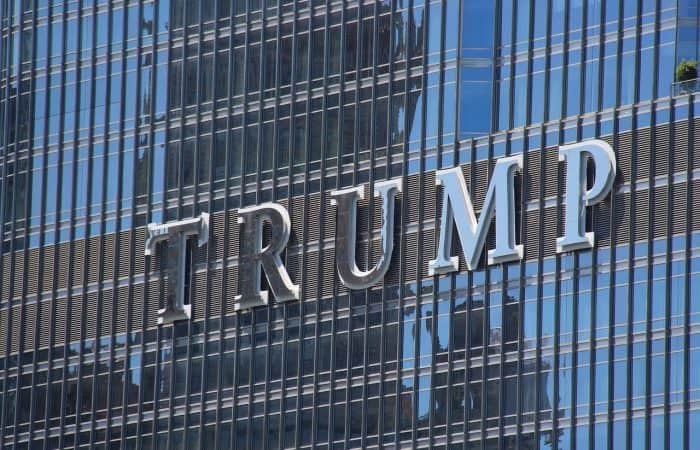UK border tightens controls on incoming sanitary and phytosanitary cargo. The UK is gradually introducing a (draft) Target Operating Model (“TOM”). This TOM also brings additional customs rules for the import of goods.
In 2020, the United Kingdom (UK) left the European Union (EU). This made the United Kingdom autonomously responsible for designing and implementing rules regarding border control. On April 28 2022, the British government announced that no further controls on EU goods would be introduced in that year. The rules and controls applicable at the time would continue to apply to animal products, plants, plant products and high-risk food and feed of non-animal origin when imported into the UK from the EU. In this interim, the government accelerated the process to digitize the UK’s borders. This process uses new technologies and data to reduce friction and costs for businesses and consumers. Following the decision that no further controls on EU goods would be introduced in 2022, the TOM was developed.
What does the TOM entail?
The TOM proposes a new approach to security checks (applicable to all imports) and sanitary and phytosanitary checks (applicable to imports of live animals, germinal products, animal products, plants and plant products) at the border. Pre-import controls are essential for maintaining safety and biosecurity and will better protect the environment from pests and diseases, among other things.
Purpose of the TOM?
The purpose of the TOM on security controls is to reduce the burden on traders and provide tighter border security. At the same time, the TOM ensures that these purposes keep the UK in line with international standards. The TOM has three main elements:
- A new global approach, balancing controls against the risks associated with both the commodity and the country of origin;
- Simplified and digitized health certificates through the new Single Trade Window* (“STW“*); and
- Pilot projects whereby authorized importers of plants, plant products and some animal products can qualify for verification.
*The STW provides a single digital gateway for both importers and exporters, in which they can provide the data needed to trade, to obtain permits and to apply for licenses.
Timeline
October 31, 2023: Mandatory health declarations and phytosanitary certificates for imports into the UK of animal products, plants and plant products of a medium risk from the EU.
January 31, 2024: Introduction of documentary checks and risk-based identity and physical checks of animal products, plants and plant products of a medium risk from the EU.
October 31, 2024: All EU exporters will be required to submit a safety declaration (ENS) prior to shipment to the UK.
Impact
The TOM is committed to ensuring that the introduction of new controls to reduce biosafety risks does not negatively impact the food supply chain. After all, this is ultimately crucial for consumers. However, businesses and supply chains will have to adapt to the introduction of these new controls, especially for the new sanitary and phytosanitary regime.
Finally, we note that the existing customs rules have not changed. This, means that the customs rules that had already been introduced by the UK because of Brexit still apply. You can find all customs rules in detail in the UK government’s Border Operating Model.
More information
If you have any questions concerning the potential impact of international trade compliance on your company, please reach out to:




